Latte coffee beans knowledge Daquan latte coffee species characteristics latte ratio milk foam ratio
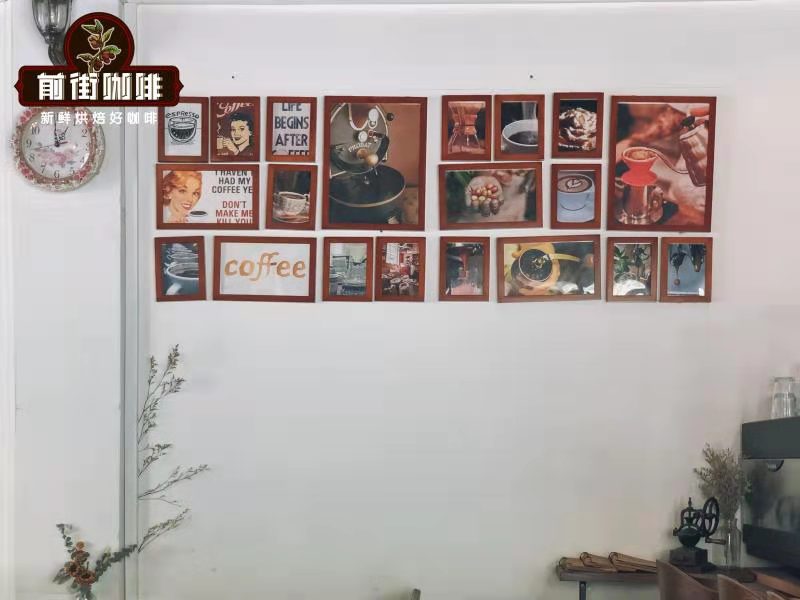
Professional coffee knowledge exchange more coffee bean information please follow the coffee workshop (Wechat official account cafe_style)
Nowadays, people pay more and more attention to individual coffee, but in terms of ordering in Qianjie coffee shops, espresso accounts for a large proportion. For the choice of Italian coffee beans, Qianjie Coffee focuses on the flavor, mellow thickness, sour and bitter balance of the beans and so on. Qianjie Coffee has always believed that coffee is a very inclusive culture, it can simply show the flavor of a single producing area, but also can be mixed with multiple producing areas to show a comprehensive flavor. In order not to cover the flavor of coffee with milk, but also to live in harmony with milk, Qianjie Coffee will consider many factors, such as the selection of Italian coffee beans and the proportion of coffee and milk.
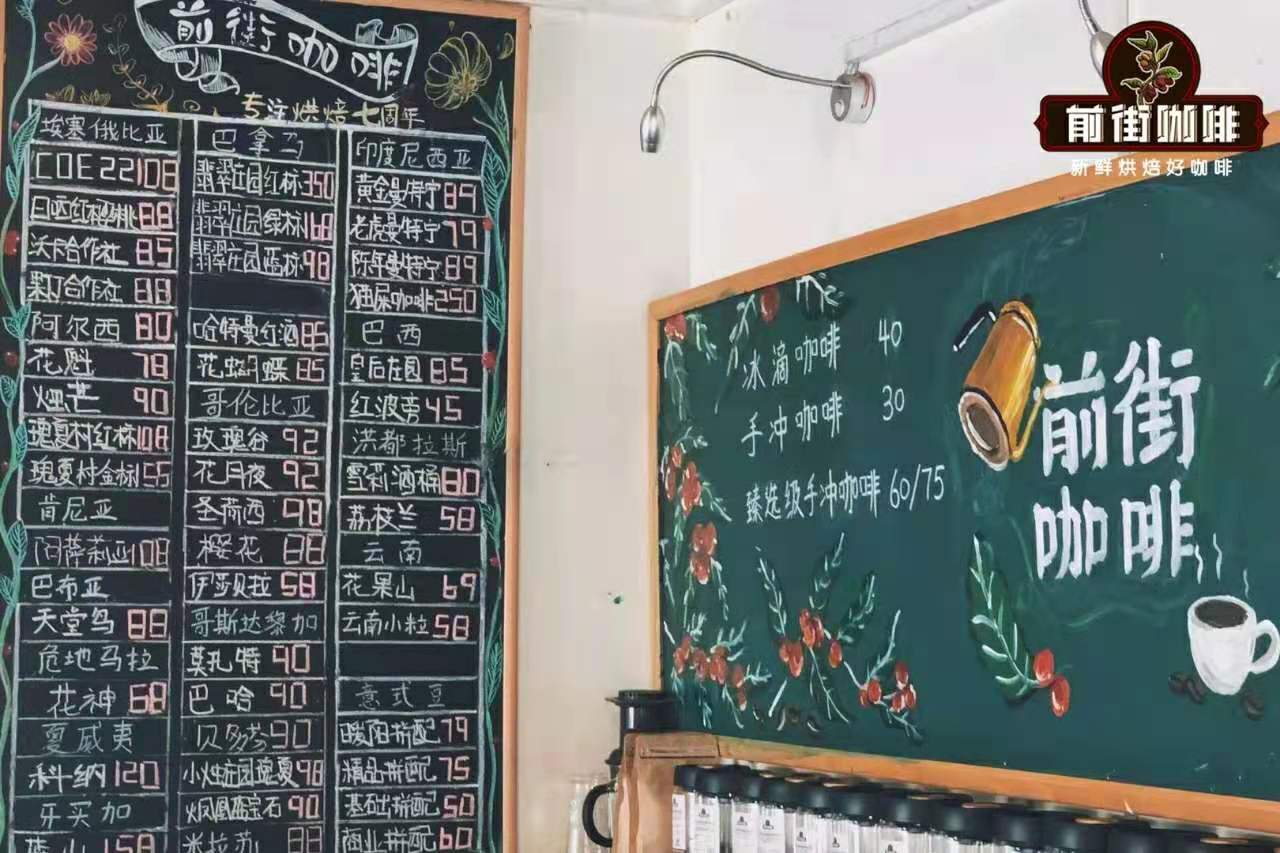
The meaning of latte
Caffe' Latte with milk and coffee is Italian, but the drink was not invented in Italy. The origin of latte can be traced back to the war between the Ottoman Empire of Turkey and Vienna. When Mohammed IV's Muslim army besieged Vienna in 1683, the war was urgent. Christians trapped in Vienna decided to ask Poland for help, but they had to find a Turkish-speaking messenger before they could hide it from the Turkish army outside the city. Fanz George Kolschitsky, a Viennese who had done business in Turkey for many years, volunteered to fight. He cheated the enemy in fluent Turkish and swam across the Danube to ask the king of Poland for help. The army of Christ arrived in Vienna and drove the Turks away.
The Turkish army retreated in panic but left behind large quantities of supplies, including gold, cattle, horses and camels, as well as dozens of sacks of coffee beans. At that time, the Viennese did not know what the coffee in the sack was and thought it was feed for livestock, so no one paid any attention to the inconspicuous coffee beans, but Kochsky moved all the coffee beans because he had lived in Turkey and knew how to make a lot of money from coffee beans.
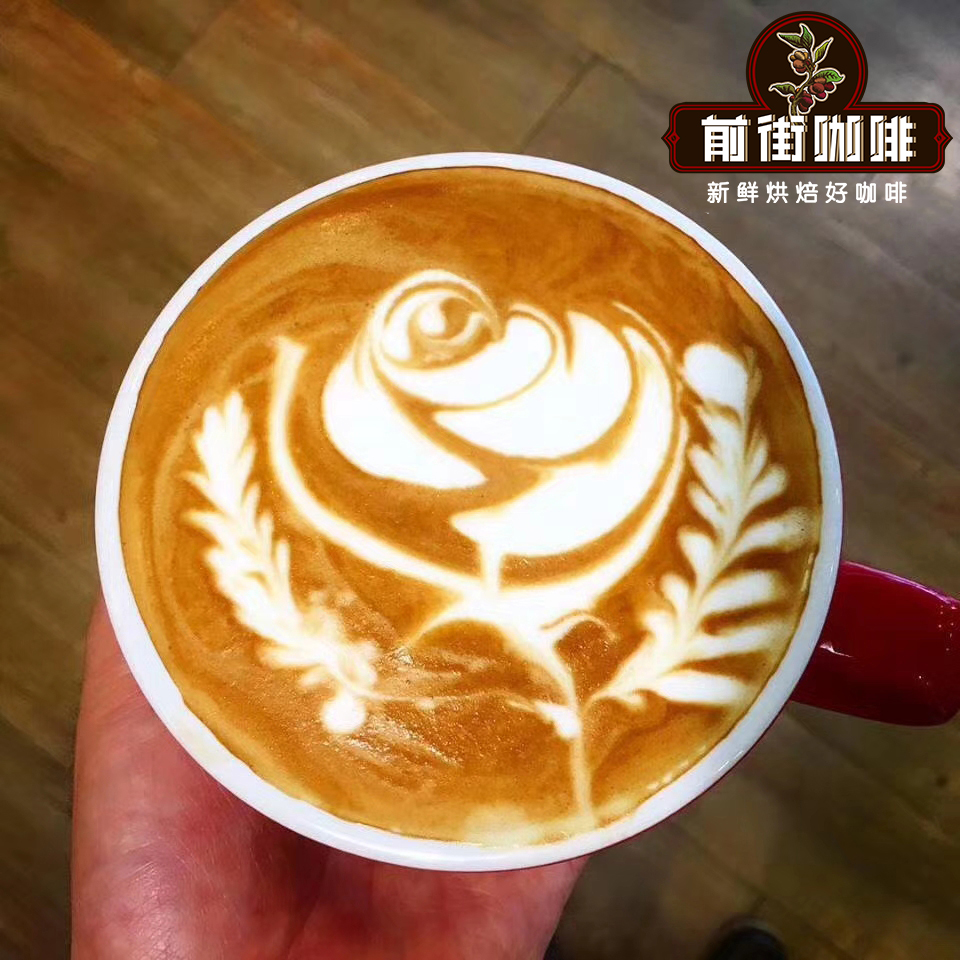
So he opened a Blue bottle Cafe (Blue Bottle). At first he made coffee in exactly the unfiltered way of the Turks, but Viennese were not used to drinking Turkish coffee with coffee powder and thick charred coffee. Kochsky had an idea to filter out the coffee grounds with cloth and add milk and honey to become a new refreshing drink that was very popular among Viennese. It was also the first time that milk was combined with coffee, around the end of the 17th century to the beginning of the 18th century. At that time, technology was not enough to invent high-pressure steam foam equipment, but Kochisky's idea of coffee with milk also gave coffee a more expensive way to drink, making it the ancestor of today's Caffe' Latte.
The Blue bottle Cafe has also become the most classic coffee shop in Europe, with many painters using it as a painting genre. Vienna also treasures a number of pictures of the painter Kochsky entertaining guests, which shows how popular the Blue bottle Cafe was at that time.
Latte Coffee because latte means fresh milk in Italian. In the English world, it generally refers to coffee brewed with hot fresh milk. The French word lait is synonymous with the Italian word latte, which means milk. Latte Coffee, the so-called coffee with milk, is usually translated directly as "latte". As for the French word Cafe au Lait, which means coffee with milk, it is commonly known as "coffee O'Lei" or "O'Lei coffee".
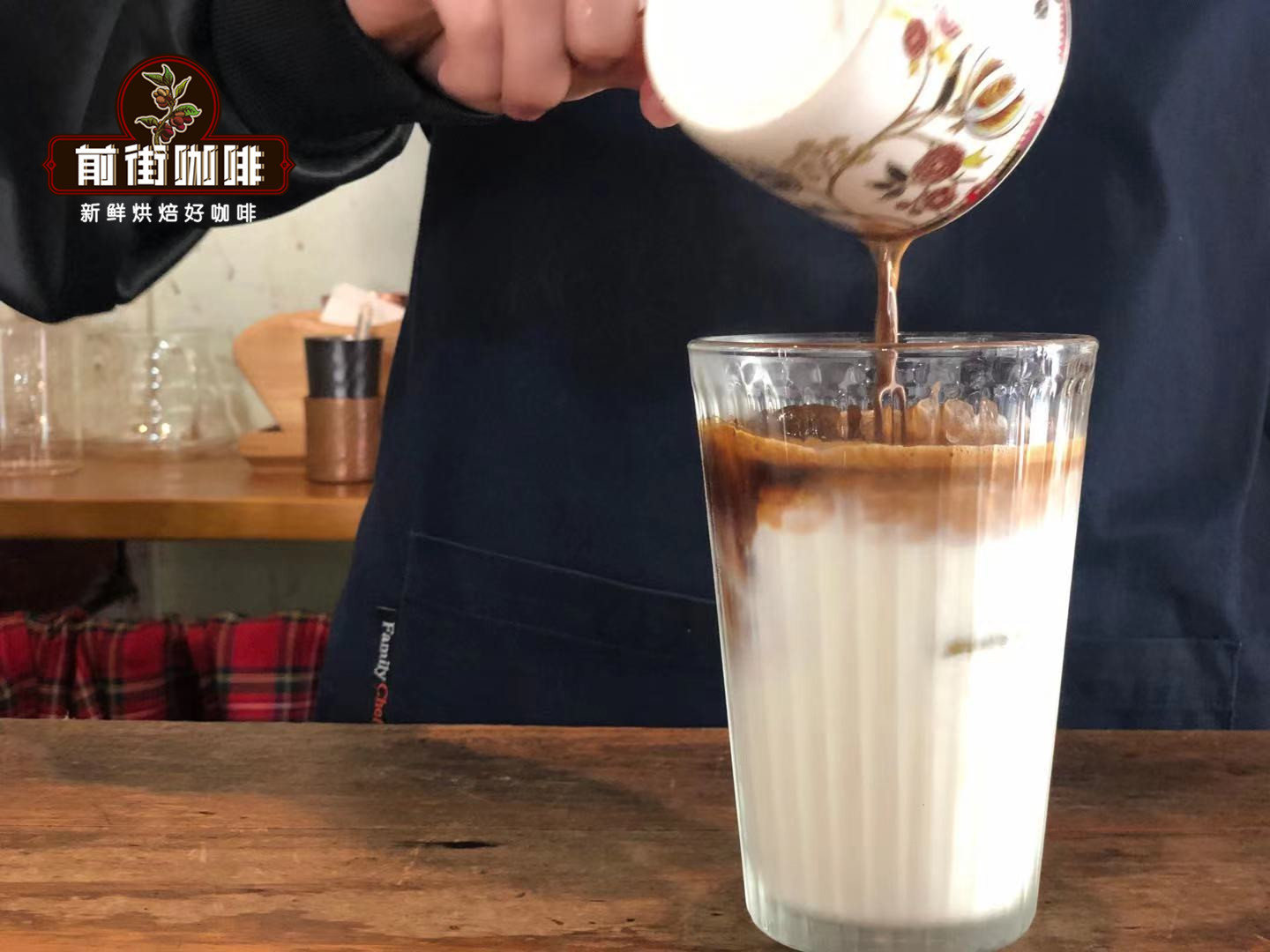
It was not until the 1980s that the term latte was used outside Italy. A typical latte consists of 1/3 espresso Espresso and 2/3 fresh milk, usually without foam. It has more fresh milk flavor than cappuccino. The ratio of coffee to milk to milk foam in the latte ratio is 1:2:1.
Latte is a classic blend of Italian espresso and milk. Italians also like lattes as breakfast drinks. In the Italian kitchen in the morning, coffee and milk are usually brewed on the sunlit stove. Italians who drink lattes like milk rather than espresso, and only espresso can bring unforgettable taste to ordinary milk.
Italian latte
Italian lattes (Caff è Latte) require a small cup of Espresso and a cup of milk (150ml). Lattes contain more milk and less coffee, which is very different from Cappuccino. The latte is as simple as pouring nearly boiling milk into a freshly made espresso. In fact, there is no fixed rule on how much milk is added, and it can be freely mixed according to individual taste.
If you add some frothy cold milk to the hot milk, it becomes an American latte. Starbucks American lattes are made in this way, with espresso at the bottom, milk heated to 65 ℃ in the middle, and cold milk foam of no more than half a centimeter.
If you do not put hot milk, but directly decorate two tablespoons of milk foam on the Italian espresso, it becomes the Machi Hadot coffee called Espresso Macchiato by the Italians.
Caf é Au Lait
Ole Coffee can be seen as an European latte, which is quite different from American lattes and lattes. Ole Coffee is also very simple: pour a cup of espresso and a large cup of hot milk into a large cup at the same time, and finally put two tablespoons of whipped cream on the surface of the liquid. The biggest difference between Oulei coffee and American latte and Italian latte is that it requires milk and espresso to be injected into the cup together. Milk and coffee meet at the first time, resulting in a feeling of leisure and freedom.
The French are the most enthusiastic proponents of Ole Coffee. You will see the round Orei Cup on the breakfast table in France, which is the source of their good mood for the day. Interestingly, compared with all the coffee cups, the cup used by the French to hold Ole coffee is probably the largest.
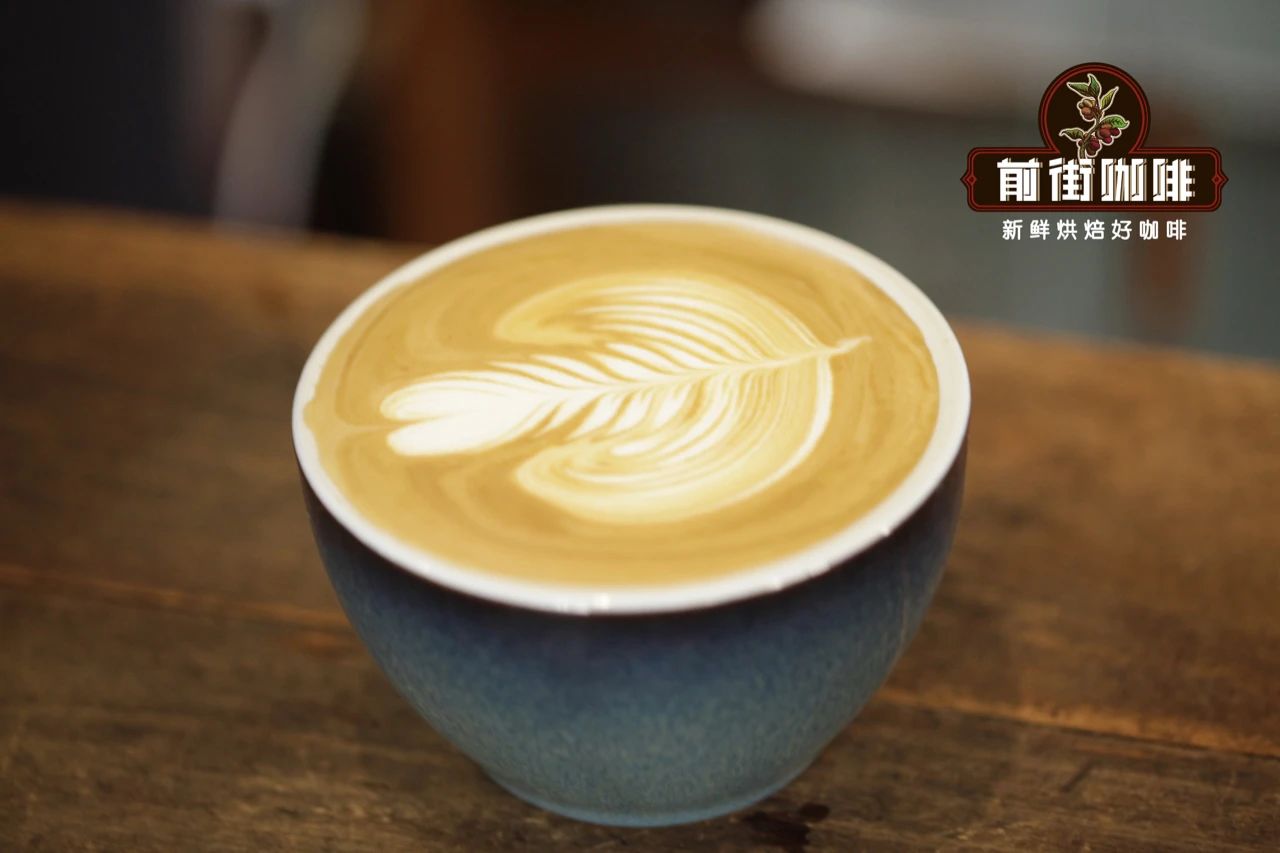
Latte is the most familiar Italian coffee item in China. It is fancy coffee with equal proportion or more milk added to the thick and full-bodied ESPRESSO. With the warm seasoning of milk, the original sweet and bitter coffee becomes smooth, sweet and rich, and even those who are not used to drinking coffee are not used to the taste of latte. Like cappuccino, lattes are suitable for drinking in the morning because they contain a lot of milk. Italians also like to use it to warm their stomachs for breakfast. Many people do not understand the relationship between lattes and Olei. In fact, lattes are Italian milk coffee, steaming milk in the way of machine steam, while Oulei is French coffee. They use fire to heat the milk, and it tastes the same warm and smooth.
Lattes vary slightly in the ratio of milk to coffee, beans and extraction parameters in each store. But in general, a latte is a coffee drink with a large amount of milk mixed with espresso.
There are a lot of friends asking what Qianjie coffee baristas want to learn and whether they can become baristas if they can pull flowers. In fact, if you want to be a barista, you should not only know how to make coffee, but also learn a lot about coffee. Of course, the most basic skills are extracting espresso and steaming milk. Many caf é interviewers will choose latte as the test question to test whether the interviewer has the basic skills of barista.
How do you make the latte at the front street cafe?
Choose the sunflower mix of Qianjie Coffee for self-use for display. The coffee bean information is as follows:
Qianjie coffee sunflower sunflower mix
Source of matching beans: Honduras Shirley barrel & Solar Yega Shirley Red Cherry
Composition: 6:4
Flavor description: vanilla, cream, fermented flavor, wine rhyme, chocolate
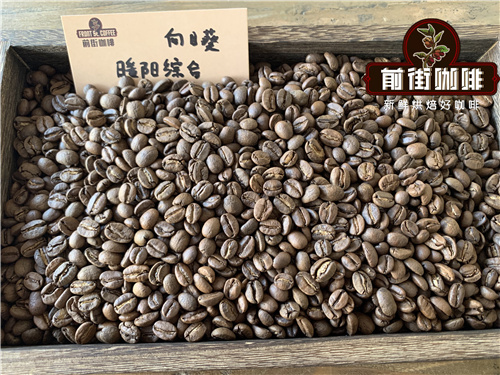
Espresso extraction parameters:
Coffee powder: 18g
Coffee liquid: 36g
Extraction time: 28 seconds
Milk parameters:
Milk type: whole milk
Kill temperature: 50 degrees Celsius
Thickness of milk foam: 1cm
Proportion of milk coffee: 1:9
Cup details:
Cup capacity: 200ml
Material: ceramic
How to make a good cup of concentrated extraction?
1. Choose beans
Qianjie coffee is generally recommended to keep Italian beans for about ten days, but as we all know, deep-baked beans will exhaust faster than shallow roasted beans, but why does our proposal take so long? This is because there is not enough room for coffee exhaust when it is concentrated, like hand flushing. If the coffee beans are too fresh and the exhaust is exuberant, it is easy to produce a channel effect, resulting in unstable concentration.
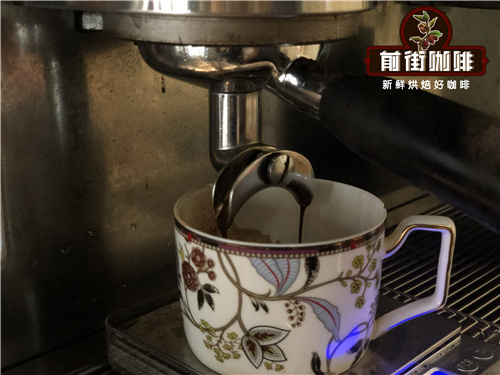
2. Adjust the degree of grinding
Now that we have the right coffee beans, we need to look at the concentrated grindness! This is basically done every day-- grinding. The degree of grinding of espresso is not set on a certain scale alone. when should the degree of grinding be adjusted?
May need to adjust the condition of the bean grinder.
1. When the temperature, pressure and humidity change suddenly, especially in the open space, it is most obvious.
two。 When the old and new coffee beans are replaced: when a bag of coffee beans is used up and the beans are poured into the newly opened beans alternately. Because the roasting date, batch and cultivation period of newly opened coffee beans may be different, the extraction situation is very different.
3. Continuous brewing: the grinding degree will suddenly become very fine after 6 cups of continuous 5 murmur. this is because after the continuous use of the bean grinder, the heat energy of the motor conducts heat to the cutter head, plus the heat energy produced by the friction between the cutter head itself and the coffee beans. as a result, the gap between the upper and lower cutters becomes very fine due to thermal expansion and cold shrinkage.
The humidity and storage time of coffee beans are constantly changing, and the wear degree of bean grinder blades has also changed over time, so baristas should adjust the bean grinder regularly to ensure that the ground coffee powder remains perfect.
When the coffee bean enters the grinder, the blade in the grinder will crush the coffee bean into powder. The smaller the distance between the blade and the blade, the smaller the coffee beans will be ground into smaller particles. The finer the grinding particles are, the tighter they are, and the more difficult it is for the water to pass through, thus greatly prolonging the extraction time. On the contrary, if the distance between the blades increases, the ground particles will become rougher, the flow of water will be easier to pass through, and the extraction time will be faster.
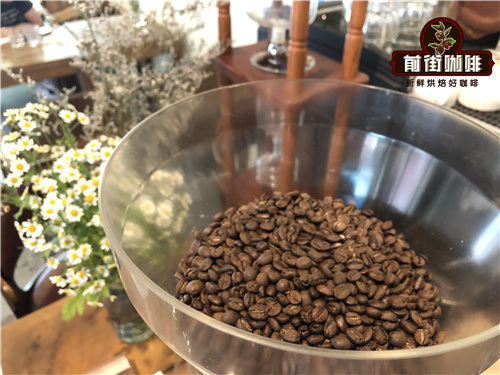
Generally, we will use the last extraction parameters to do a cup concentration, the time is controlled within 25-30 seconds, the amount of single powder is 13-14 grams, and the amount of double-end powder is about 20 grams.
After excluding pressed powder perforation and other factors, if the extraction time becomes longer, it may be over-extraction on the surface, but there is not enough extraction inside, showing acidity, bitterness, and astringency, then it may be that the powder is too fine, and then you can adjust it slightly; but if the flow rate of coffee becomes faster, the flow of water is thicker, the extraction is shallow, and the color is white, it may be that the powder is thicker, and at this time you can adjust it slightly fine.
3. Powder
Powder is the first step of powder distribution, which is uneven, which misleads and affects the next step of powder distribution to a great extent. even if you use a very advanced auxiliary artifact of powder distribution, you can't completely ignore the effect of powder on espresso extraction.
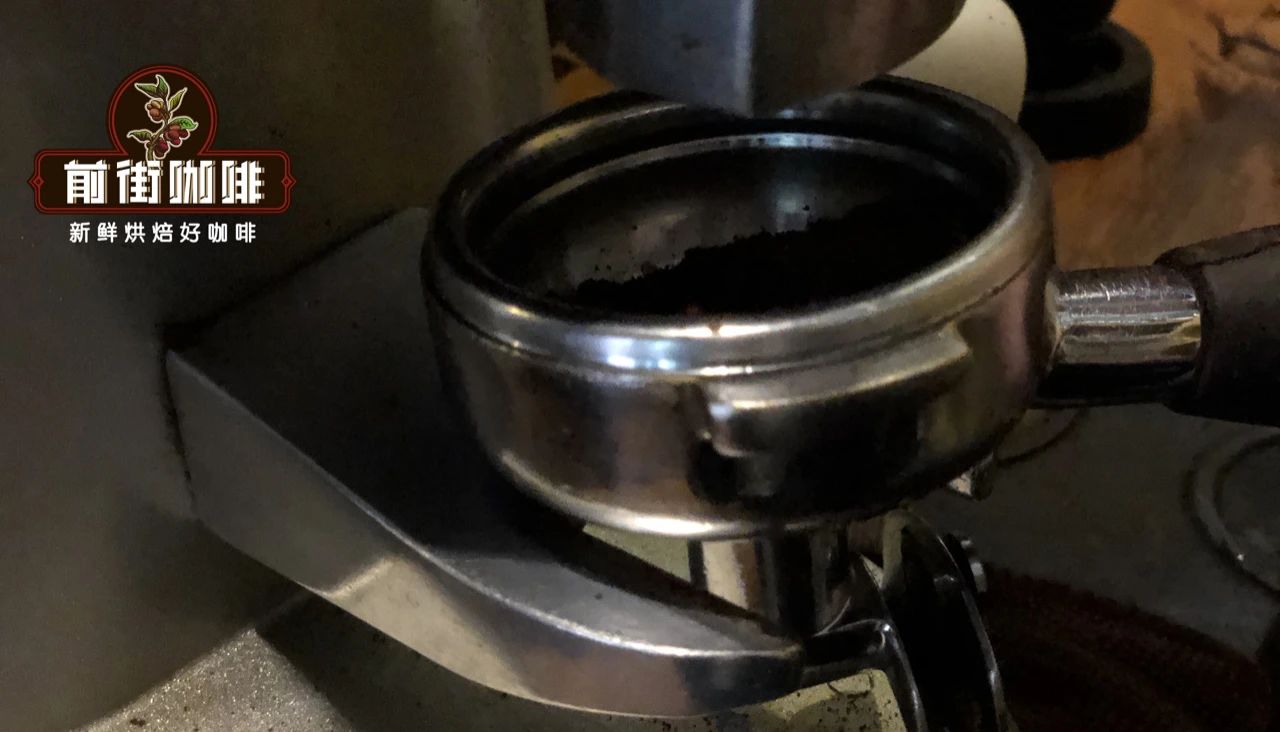
What is the effect of uneven powder?
1, the difference in taste: if the powder is not uniform, the distribution of the lower part of the powder layer can not be remedied when the powder is distributed. The uneven density distribution of the powder layer will lead to uneven thickness of pressed powder, different speeds of hot water passing through different positions during extraction, and a little carelessness can easily lead to perforation and channel effect (the inertia of water will make water choose a place where it is easy to pass through, while ignoring other ways), resulting in insufficient and over-extraction of part of pressed powder, and the taste of coffee is unstable each time.
2. the gap of extraction parameters is too large, which leads to the bean grinder which has been adjusted for a long time, the flow rate is not right, the time is not right, the grinding degree is still wrong, a pile of coffee beans have been worn away, but the product is still not stable.
So how to practice powdering?
1. Prepare the electronic scale
Weighing the powder before each extraction is a necessary operation for making perfect Italian concentration. Even if it is a quantitative bean grinder, I suggest you regularly check the weighing accuracy of the bean grinder. After all, no matter how advanced the machine is, there will inevitably be errors and failures.
2. Rotary powder bonding
Whether the hand is dialed or straight out, as long as the coffee powder does not fall completely vertically, the powder layer will still show a certain degree of deviation under the influence of lateral acceleration, for example, when pulling the powder by hand, the effect of hard pulling is different from that of gently pulling-the harder the more to the left.
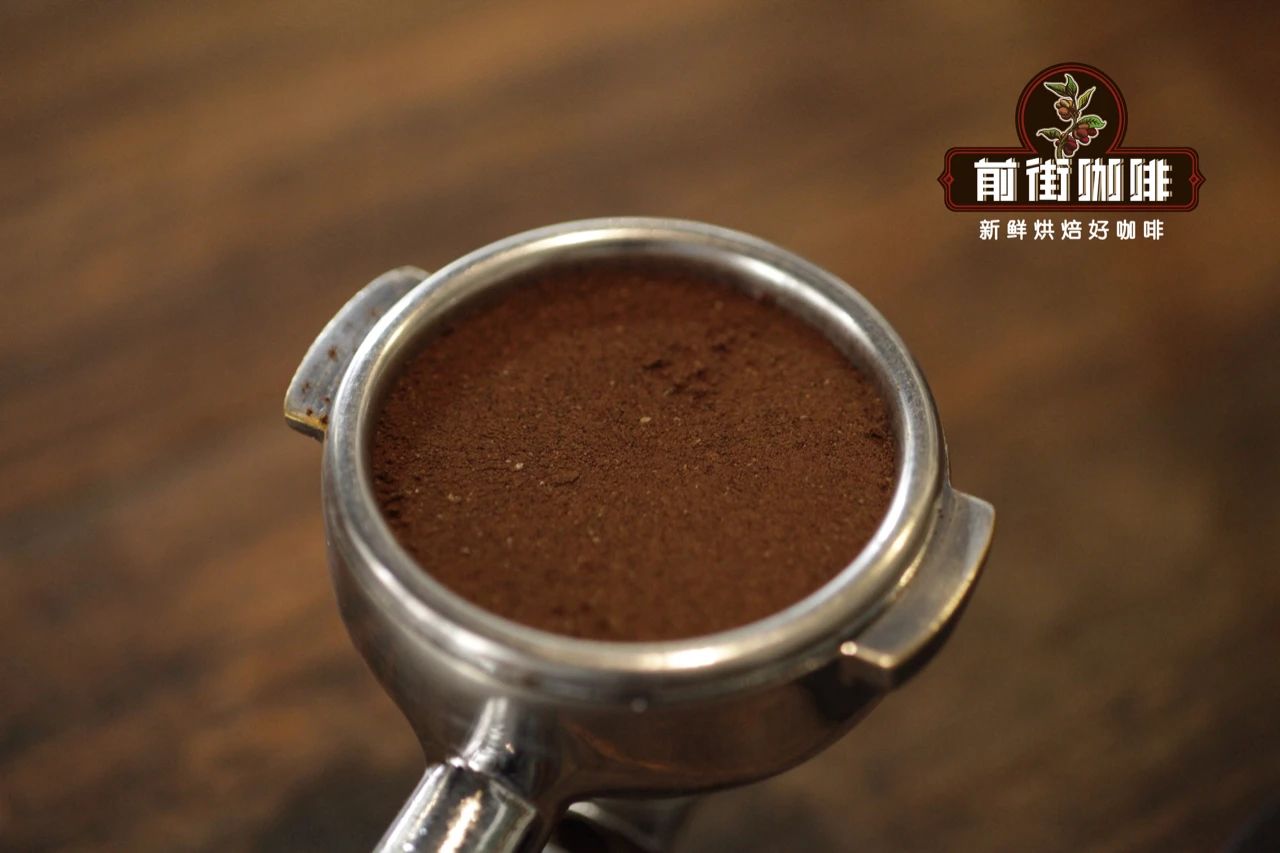
At this point, it is necessary to keep the powder at a uniform speed and rotate the handle at a uniform speed to keep the powder evenly distributed to different positions of the powder bowl-of course, it is impossible to be absolutely uniform, but at least it is much better than fixed powder.
4. Cloth powder
Our common ways of distributing powder are as follows:
I. the method of scraping flat cloth powder
The method of scraping flat cloth powder has three sharp tools: powder bin cover, bamboo and fingers. The method of scraping flat cloth powder is one of the most common and earliest contact methods for beginners. It usually cooperates with the movements such as pushing back and forth, and is divided into "square cloth powder" scraped around and left and right, "rotary cloth powder" scraped flat by 360 degrees, and so on.
Second, the method of tapping and knocking cloth powder lightly
Tapping and tapping are two movements, but they are usually used continuously. The palm quickly taps the bottom of the handle and shakes the powder pile evenly, supplemented by a straight up and down tap, which can effectively eliminate the large gap in the powder layer, make the coffee powder pile denser, and increase the amount of powder that can be contained in the powder bowl.
Third, the method of appliance-assisted cloth powder
When it comes to auxiliary cloth powder, of course, each shows his or her magical powers. According to all kinds of artifacts on the market, there are mainly several kinds: ① stirring or shaking well; ② smoothing the surface; ③ sieve dispersion; ④ rotating distribution.
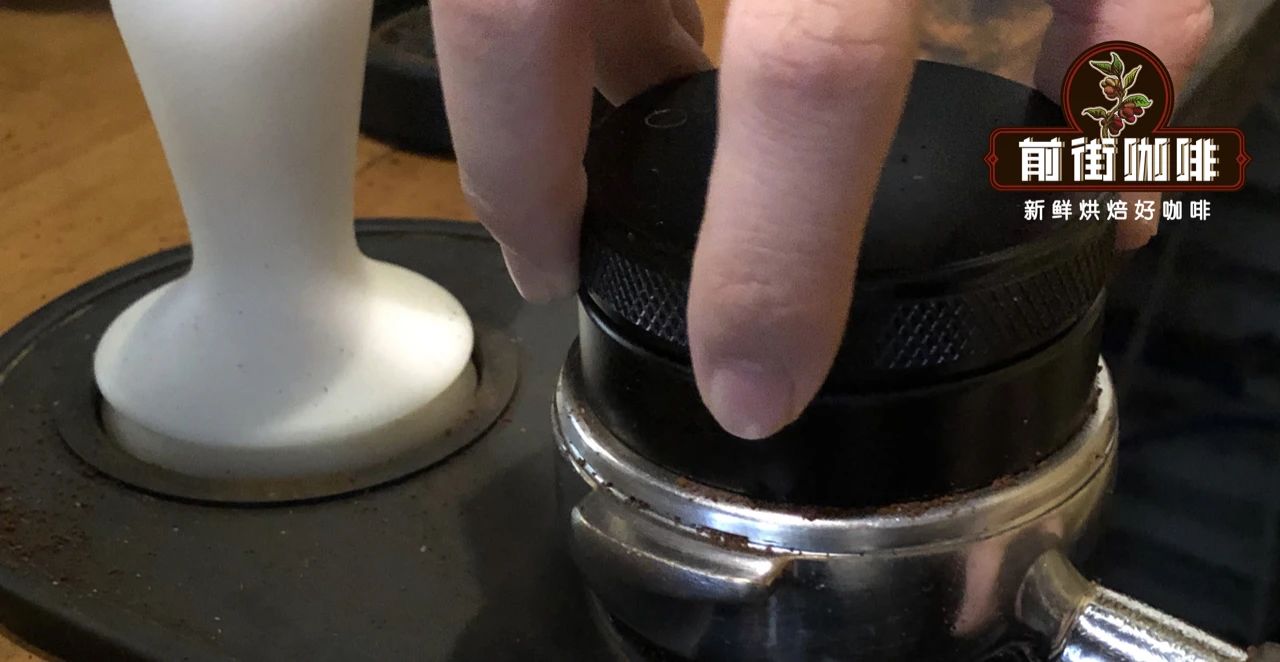
Inspection of the effect of powder distribution
In the process of extraction, if it is found that the state of the coffee liquid will soon become unstable, a large jump, and the color will soon become very light, at this time, we can judge: there is a problem inside the pressed powder (cracks appear) or the uneven pressing of the coffee powder makes the less part of the coffee powder overextracted (and this is probably due to the uneven distribution of the powder) or the uneven distribution of the powder. So that the edge is not covered with coffee powder, causing the water to flow directly through there.
After the extraction is completed, take off the handle and observe the shape of the pressed powder. If there is no coffee powder on the edge, or the coffee powder is soaked or there is an obvious gap in the pressed powder, it is the extraction failure caused by uneven cloth powder.
Fourth, pressing powder
The pressing powder is to tighten the loose coffee powder through a certain amount of pressure so that the pressurized hot water can penetrate evenly.
The direction is straight down. If the pressure is inclined, the high-temperature and high-pressure hot water coming out of the boiling head will seek the infiltration of the layer with the least resistance, resulting in uneven extraction. At the same time, it is easy to have the channel effect that we often talk about.
The power of pressing powder and what kind of powder hammer you use does not matter much, as long as you press the powder tightly. Therefore, it is all the more important to keep the powder pressing force consistent every time.
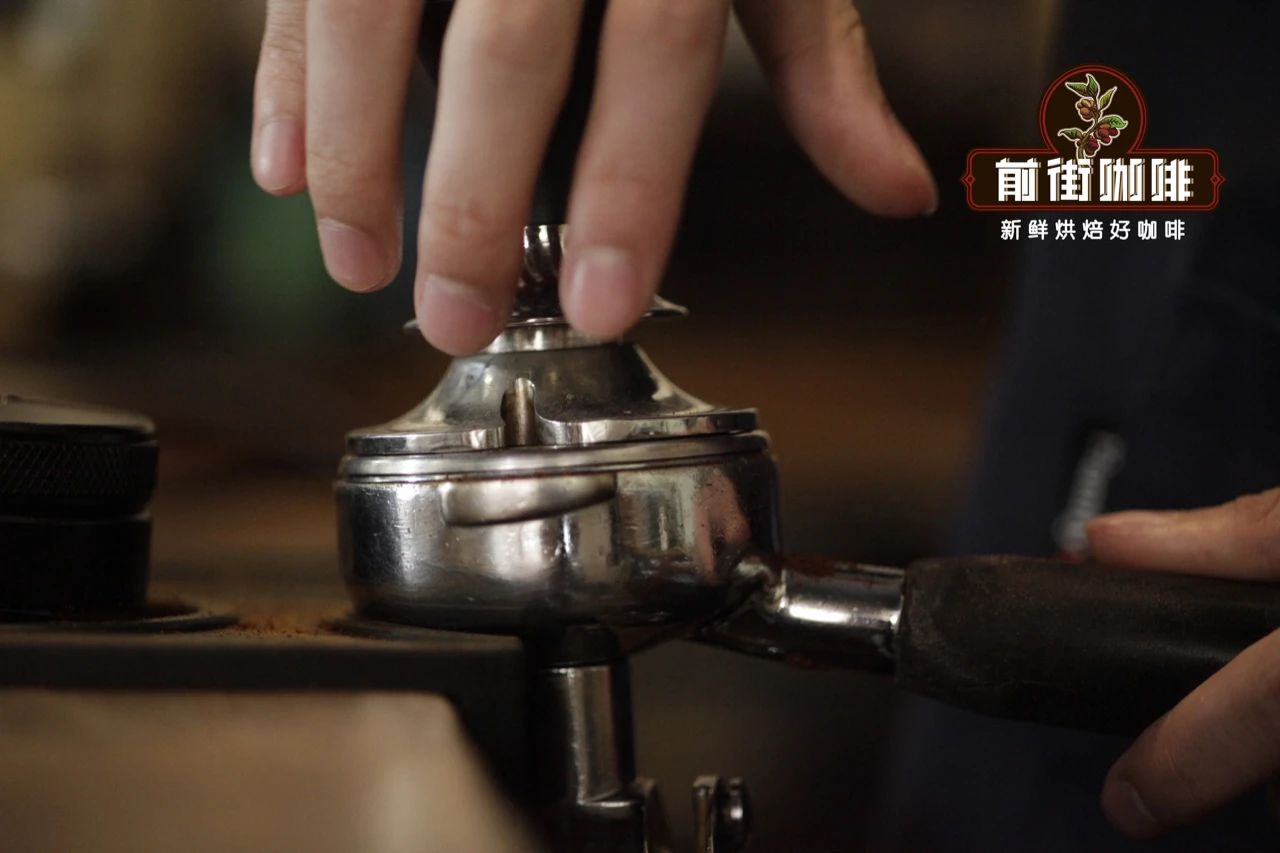
How to make milk foam?
How to beat the essential milk foam in the latte in order to make silk? Qianjie coffee is recommended to use whole milk with a fat content of 3.2-3.8%.
Weiji fresh milk was used in the front street coffee in this experiment.
The process of passing away the milk:
1. Place the steam stick in the center of the milk tank and tilt 45 degrees to the upper right near the edge of the milk tank, with a depth of about 1 cm. This depth will be more common, but when it comes to coffee machines with different steam intensities, this is just a suggestion. )
2, open the steam pipe steam, the milk tank slowly move down, and make the steam rod air hole contact with the milk liquid surface to produce inflatable effect, showing the way of turning up and down slowly to make the volume bubble.
3. When the inflatable foam expands to the thickness you need, move the steam stick obliquely to the center point of the milk tank near the edge of the steel cup, so that the milk bubble rolls in a vortex way.
4. Control the angle and depth of the steel cup to involve the thicker milk foam and stop beating to the desired temperature.
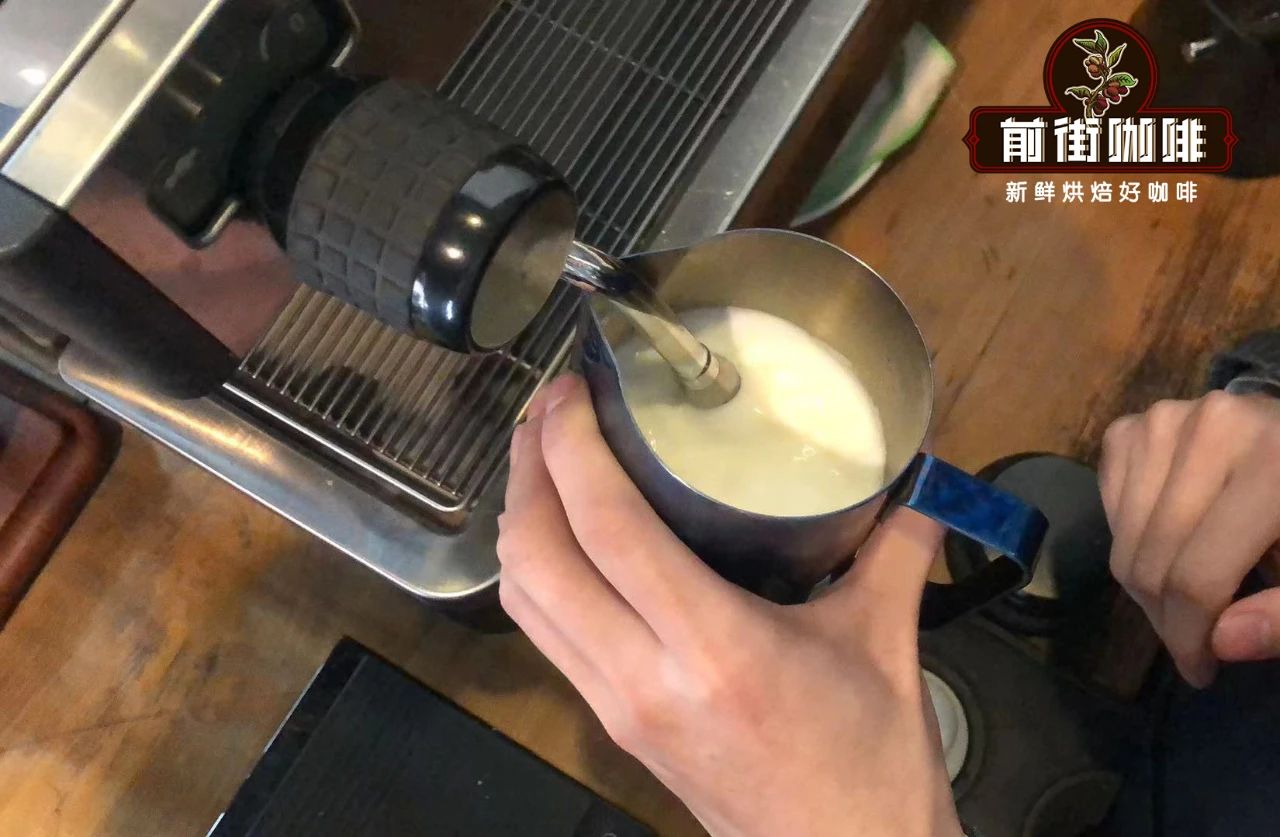
The principle of dispelling milk
The first stage is that when the outlet hole of the steam rod comes into contact with the surface of the milk, the steam enters the milk and turns into foam.
The second stage is to soak the foamed milk, which is to draw the foamed milk into the air in a swirling way, break the larger foam, decompose it into fine foam, and let the milk molecules bond with each other, making the foam tissue more compact.
Points to pay attention to:
Get rid of, inhale
Turn on the steam and start to breathe in and observe the surface of the milk. if the milk rotates and does not hear the sound of nourishment, it means that the air has not been breathed. at this time, you need to lower the milk jar a little bit and expose the nozzle a little so that you can breathe in. when you hear the nourishing sound, stop lowering the milk tank and keep it in place.
At this time to observe the state of milk movement, the normal situation should be to enter the air while the liquid rotates, forming a whirlpool.
The air intake action of moving down the milk tank must be subtle and gradual, not too violently, and the sound should be stabilized and stopped when it is almost in the air intake state.
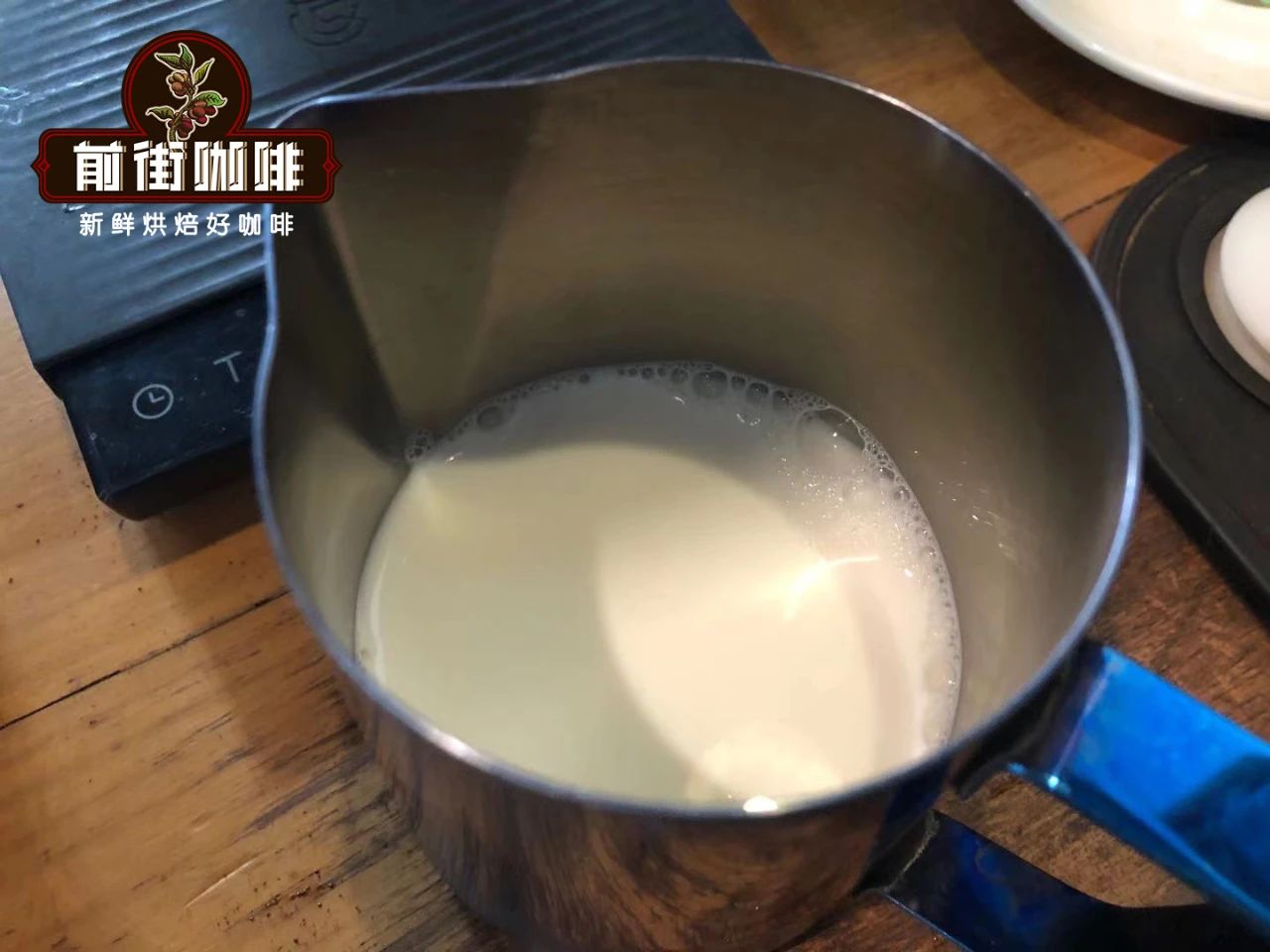
The angle of the steam stick when making milk foam
Many people are used to placing the steam stick in the 2-3 o'clock or 9-10:00 direction of the milk tank (with the nozzle as the 12:00 direction).
Find the angle of the steam rod in addition to placing the correct position of the steam rod, the angle between the steam rod and the liquid level is also very important.
The steam stick is so vertical that most of the steam is ejected downward, making it difficult for the milk to form a small whirlpool: if the steam rod is too flat, most of the steam will be ejected in a parallel direction, making the small whirlpool too large to form turbulence that is difficult to control or milk spill.
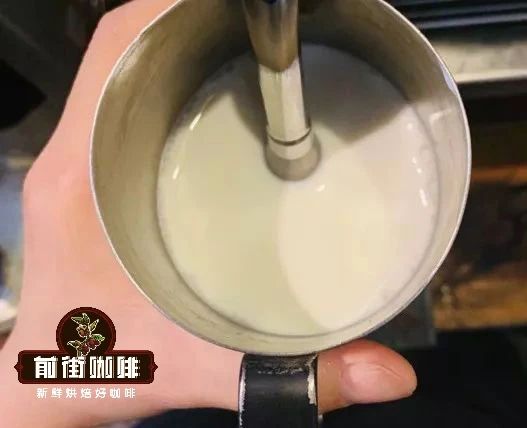
Practice method for beginners
When we have extracted a cup of espresso and frothed it, we shake the espresso in circles to get the fat to adhere to the walls of the cup, and then tilt the cup at an angle of about 40°.
When injecting milk, control the water column not to be too large, so that the milk directly pierces the coffee solution to the bottom, and then start to circle to mix the milk and coffee solution.
What needs to be noted here is that the water column should be fine when injecting milk, and it should be fixed in the middle of the coffee liquid.
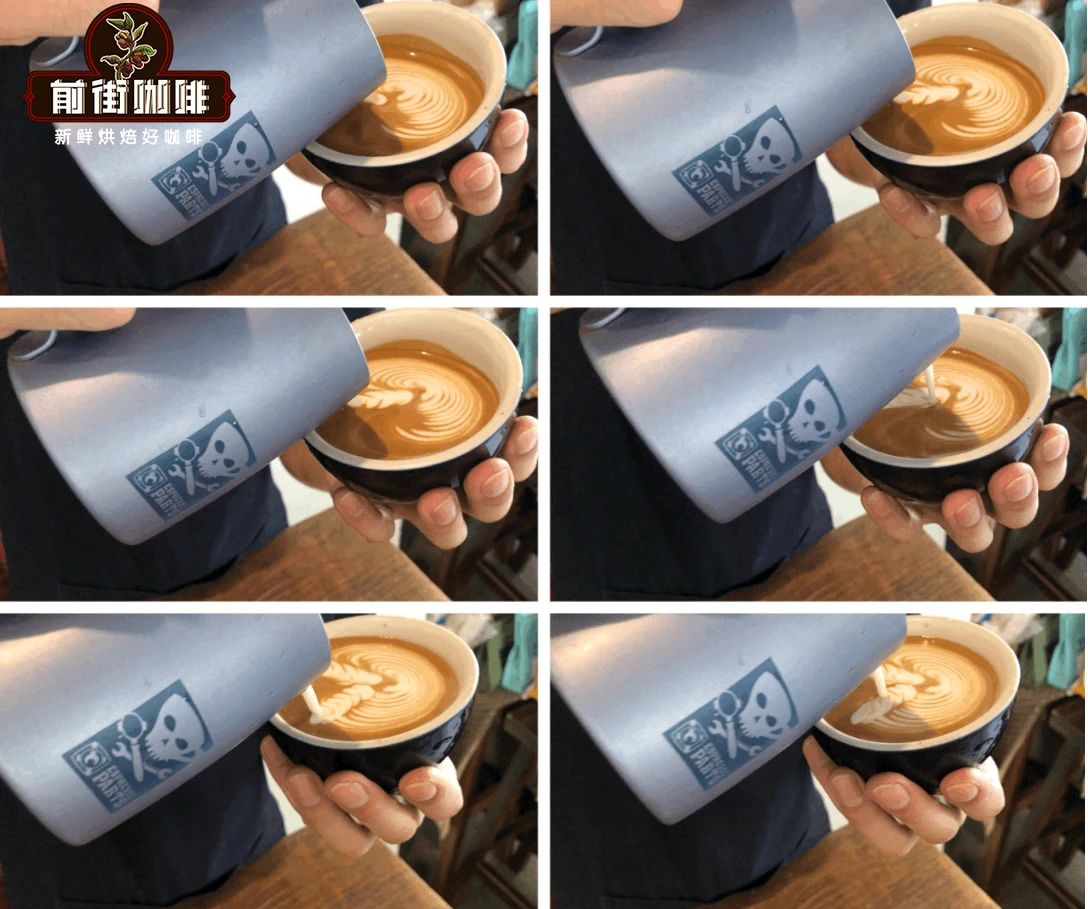
Then begin to circle and mix the milk and coffee until about six minutes full and begin to draw flowers.
Push the layer and pull the flower
The push layer center injects milk at the 1 stroke 3 of the cup, pushes out a semicircular arc, and then pushes another one forward. when forming a heart shape, increase the height of the milk tank and inject milk for a while, so that the initial semicircular arc surrounds the whole heart. finally, it ends with a thin line.
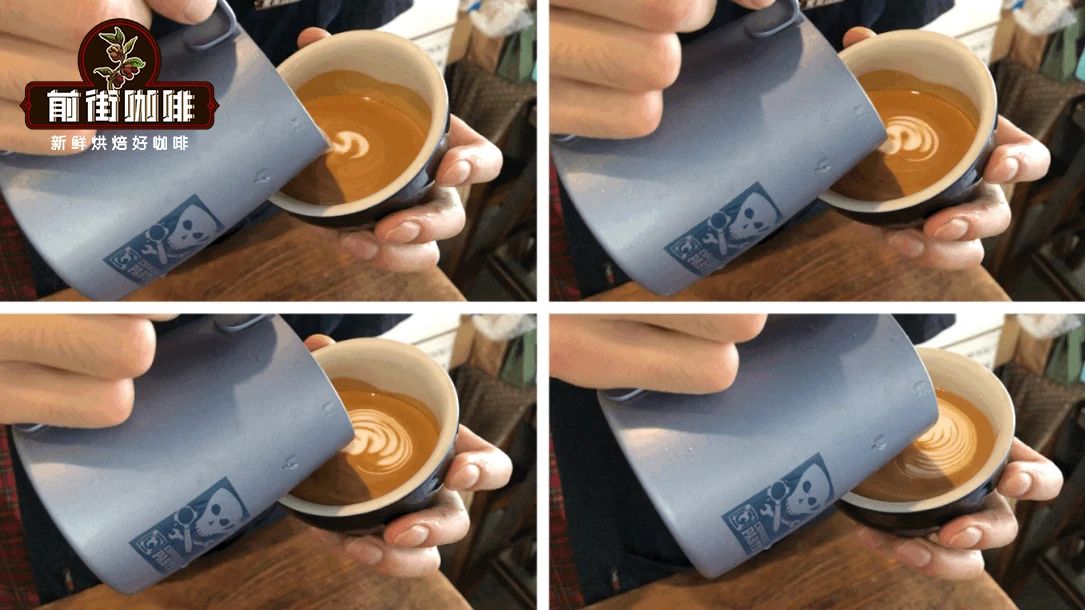
Front Street Latte Flavor Description
The Italian beans currently used in Front Street Cafe are a blend of beans, Honduran sherry barrel fermented beans with Ethiopian yejia sherry red cherry plan sun treatment coffee beans, this blend of beans made of espresso with milk will be obvious wine chocolate, sweet feeling obvious, long aftertaste, clean, very suitable for small partners who like wine flavor.
More fine coffee beans, please add private WeChat Qianjie Coffee, WeChat: kaixinguoguo0925
Important Notice :
前街咖啡 FrontStreet Coffee has moved to new addredd:
FrontStreet Coffee Address: 315,Donghua East Road,GuangZhou
Tel:020 38364473
- Prev
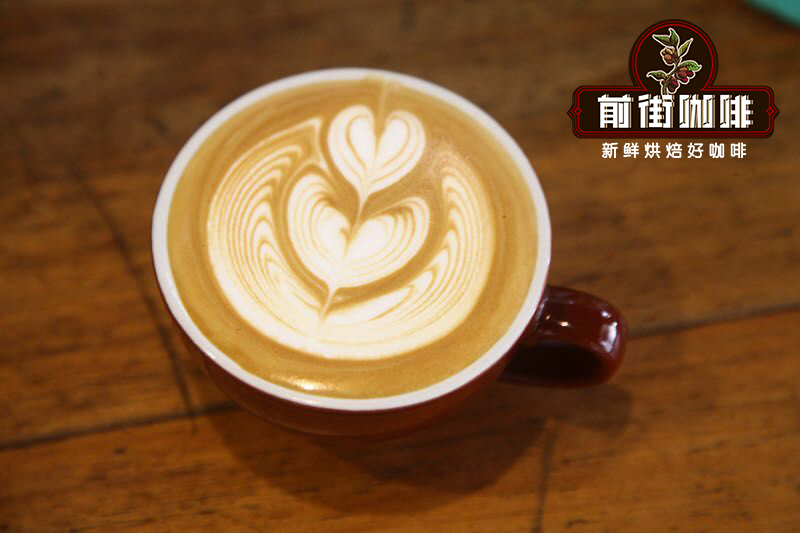
What is the ratio of Italian latte coffee beans to the correct taste of latte coffee?
Professional coffee knowledge exchange more coffee bean information please pay attention to the coffee workshop (Wechat official account cafe_style) latte coffee _ the meaning of latte coffee the difference between latte and mocha latte is many coffee beginners will order coffee choice, but how to mix the proportion of a good latte? How would you like a good latte? Now you might as well come and have a look.
- Next
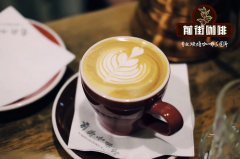
Latte is not coffee latte and latte is not coffee! How do you drink latte?
Professional coffee knowledge exchange more coffee bean information please follow the coffee workshop (Wechat official account cafe_style) latte coffee the meaning of latte coffee the difference between latte and mocha my friend mentioned to me that a few years ago, she came to Italy to travel. The party went to the bar for coffee and ordered five cups of latte (latte). As a result, five cups of milk came to the bar table. My friend was very surprised and confused.
Related
- Beginners will see the "Coffee pull flower" guide!
- What is the difference between ice blog purified milk and ordinary milk coffee?
- Why is the Philippines the largest producer of crops in Liberia?
- For coffee extraction, should the fine powder be retained?
- How does extracted espresso fill pressed powder? How much strength does it take to press the powder?
- How to make jasmine cold extract coffee? Is the jasmine + latte good?
- Will this little toy really make the coffee taste better? How does Lily Drip affect coffee extraction?
- Will the action of slapping the filter cup also affect coffee extraction?
- What's the difference between powder-to-water ratio and powder-to-liquid ratio?
- What is the Ethiopian local species? What does it have to do with Heirloom native species?

